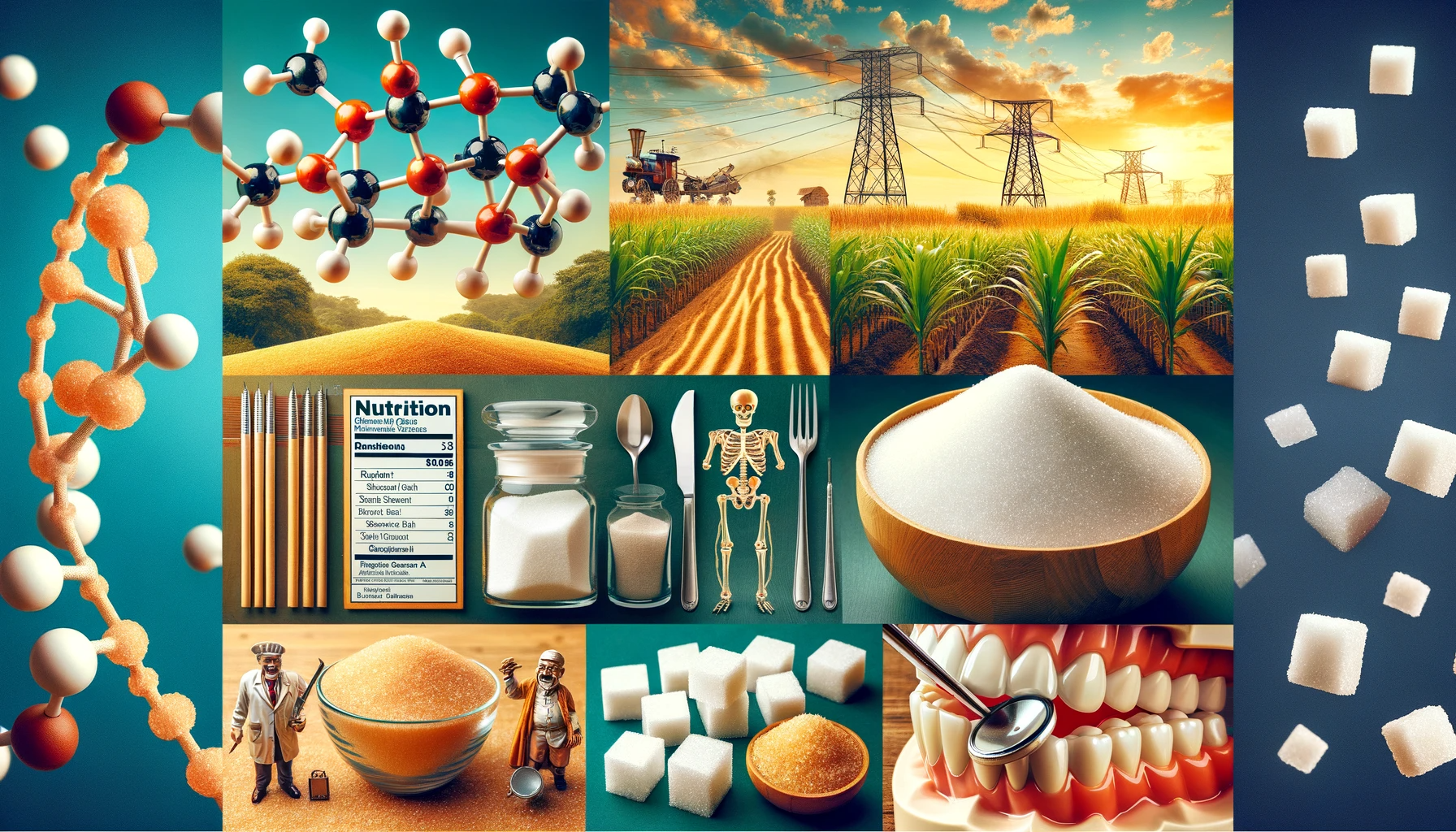Baking is both a science and an art, and one key ingredient that plays a crucial role in the outcome of your baked goods is sugar. Whether you’re making cookies, cakes, or pastries, understanding how to use sugar effectively can make all the difference in the world. In this article, we’ll explore various tips and tricks for baking with sugar to help you achieve perfect results every time.
Types of Sugar
Before delving into the tips and tricks, let’s start by understanding the different types of sugar commonly used in baking:
1. Granulated Sugar
Granulated sugar, also known as white sugar, is the most common type of sugar used in baking. It is versatile and works well in most recipes, providing sweetness and a slight caramelization when baked.
2. Brown Sugar
Brown sugar adds moisture and a hint of molasses flavor to your baked goods. It comes in two varieties: light brown and dark brown. Light brown sugar is ideal for recipes where you want a milder molasses flavor, while dark brown sugar offers a stronger molasses taste.
3. Powdered Sugar
Powdered sugar, also called confectioners’ sugar or icing sugar, is finely ground granulated sugar mixed with a small amount of cornstarch. It’s commonly used in frosting, glazes, and dusting over baked goods.
4. Caster Sugar
Caster sugar, also known as superfine sugar, has a finer grain than granulated sugar. It dissolves quickly, making it suitable for delicate desserts like meringues and custards.
Tips for Baking with Sugar
Now that you’re familiar with the types of sugar let’s move on to some essential tips for baking with sugar:
1. Measure Accurately
Accurate measurement is crucial when using sugar in baking. Invest in a good quality set of measuring cups and spoons, and always level off the sugar when measuring it to ensure consistency in your recipes.
2. Creaming Method
For many baked goods like cookies and cakes, the creaming method is used, which involves beating sugar with butter or shortening until light and fluffy. This aeration process helps create a tender and moist texture in your treats.
3. Adjust for Different Sugars
When a recipe calls for a specific type of sugar, try to use that type for the best results. However, you can often substitute one sugar for another if needed. Just remember that different sugars may affect the texture and flavor of your final product.
4. Use Brown Sugar for Moisture
If you want to add moisture and a subtle caramel flavor to your baked goods, brown sugar is the way to go. It’s particularly great for recipes like chocolate chip cookies and brownies.
5. Powdered Sugar in Frostings
For smooth and lump-free frosting, always use powdered sugar. It dissolves easily, creating a silky texture that’s perfect for cakes and cupcakes.
6. Enhance Flavor with Vanilla Sugar
Make your own vanilla sugar by storing a vanilla bean in a jar of granulated sugar. This adds a delightful hint of vanilla to your baked goods.
Tricks for Perfect Sugar Usage
In addition to the tips, there are some clever tricks to enhance your baking with sugar:
1. Prevent Sugar Clumps
To prevent sugar from forming clumps in your recipes, keep it in an airtight container or place a piece of bread in the container to absorb moisture.
2. Soften Brown Sugar
If your brown sugar has hardened, revive it by placing a slice of apple or a piece of bread in the storage container overnight.
3. Use Sugar Syrup
Sugar syrup is a useful ingredient for keeping your cakes moist. Brush a sugar syrup mixture over your cakes before frosting to ensure they stay deliciously moist.
Conclusion
Sugar is a fundamental ingredient in baking that can significantly impact the taste and texture of your creations. By understanding the different types of sugar and following these tips and tricks, you can become a more skilled baker and consistently achieve perfect results in your kitchen. So, go ahead, experiment, and create mouthwatering baked goods that will delight your family and friends!
Remember, mastering the art of baking with sugar takes practice, but the sweet rewards are well worth the effort. Happy baking!
